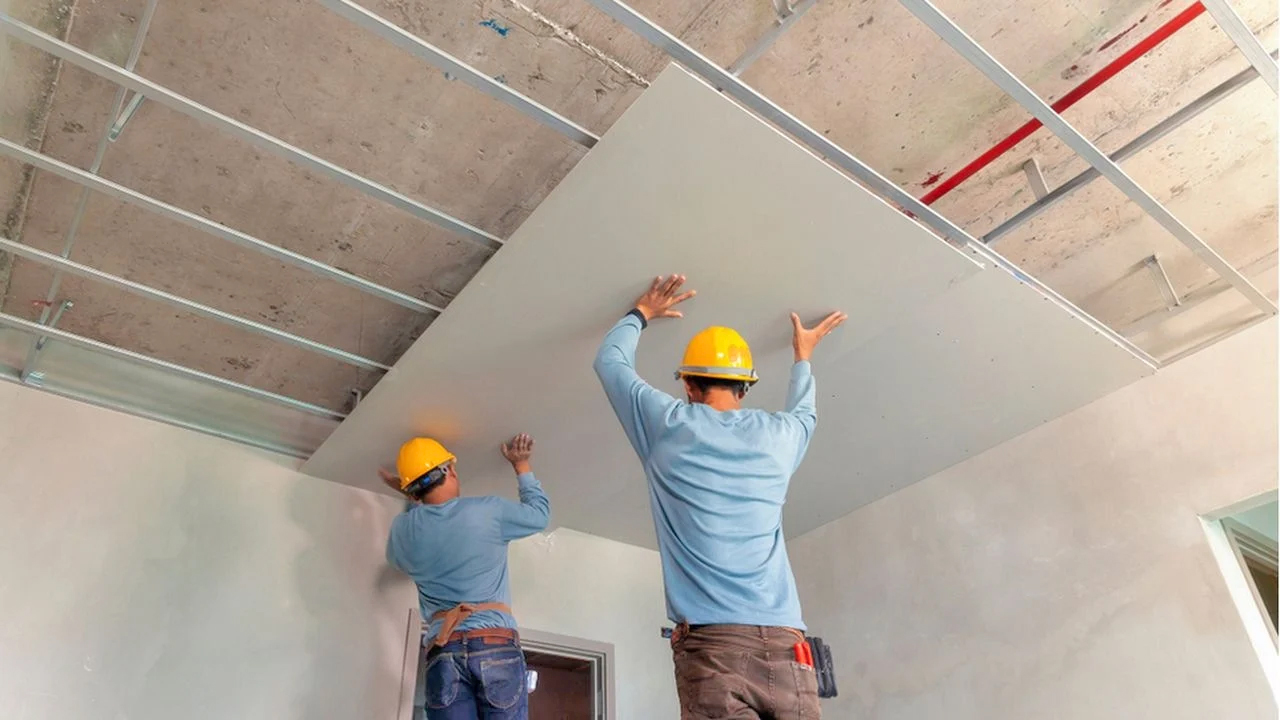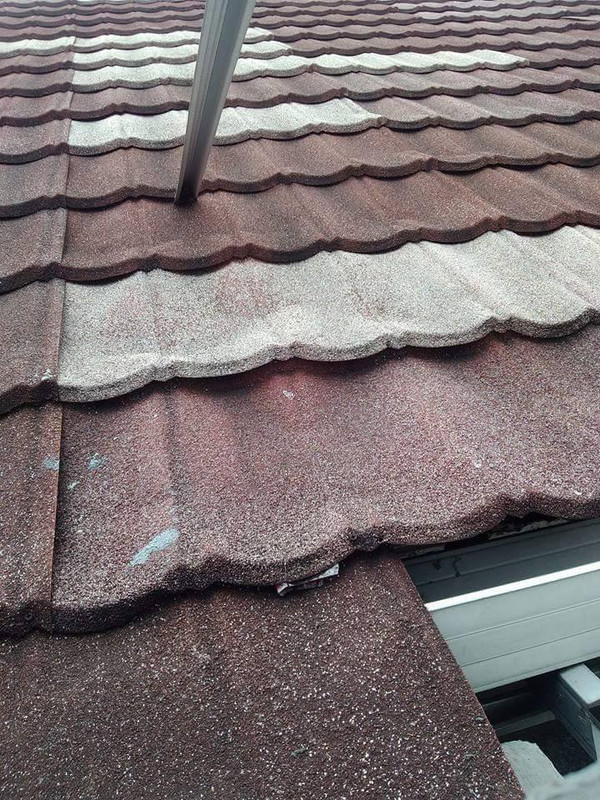Climate Factors
If you look closely, homes in cold climates tend to have low ceilings. In Japan or Europe, for example, ceiling heights of 2.4 or 2.5 meters are common. The reason for this is energy savings. The higher the ceiling, the more heating is required. Meanwhile, in coastal areas or hotter climates, high ceilings allow for better air circulation. Some of you may already know that hot air rises. Thus, high ceilings allow the air in the room to remain cool.
Furthermore, a high ceiling allows sunlight to enter all parts of the house, preventing the room from feeling damp. Therefore, if you live in a coastal area with a high temperature, we recommend a ceiling height of at least 280 cm, or between 2.8 and 3.2 m.
Proportion and Aesthetics
Architectural design is all about spatial proportions. Beautiful design means proportion. Architecture students generally know that the formula for determining a standard ceiling height for a room is (Length + Width) / 2. This means that a 3x4m room will appear proportional if the ceiling measures approximately (3 + 4) / 2 = 3.5 m. Of course, this isn't a fixed mathematical formula, as ideal proportions can be achieved through good interior design. Essentially, the larger the room, the higher the ceiling, or the ceiling should be higher, in other words, than the width of the room. Without a balanced ceiling, a large room will feel like a stuffy hallway. Therefore, if you have a fairly spacious living room, for example, 8x5m without partitions, you can build a ceiling up to 6-7m.
Void or Loft
If you're building a two-story or more house, a high ceiling will automatically create a new room if you create a void, an empty space on the second floor that allows a direct view of the ceiling. Creating a high ceiling is a new way to create a beautiful ceiling. It also makes the room feel more spacious. A void can also mean an open space without a roof in a part of the house that has only one access: from the front. In many housing developments, your house is surrounded by walls on the left, right, and back. If this is the case, having a void is important, either at the back or side of the house, to allow air circulation and sunlight to enter the house. Enclosing the entire loft with a roof is not recommended.
If the void you create is still large enough in certain areas, you can still create a loft that can be used as a play area or an open hobby room. The simple impression of utilizing space with an open design and the presence of glass windows plus air ventilation is very important to ensure air circulation is maintained and the spacious impression is not lost.
 Bahasa Indonesia
Bahasa Indonesia  Inggris
Inggris
 Bahasa Indonesia
Bahasa Indonesia  Inggris
Inggris
 Bahasa Indonesia
Bahasa Indonesia  Inggris
Inggris
 A ceiling is a structure within a house located directly between the walls and the roof. It serves as a roof truss, a covering for electrical installations, or a place to hang a light fixture. Architects generally agree that there is a trend of changing tastes, with homeowners seeking higher ceilings. If we look at the ceilings in standard homes built 20-30 years ago, they ranged from 250-260 cm. Modern homes currently offer ceiling heights ranging from 280-300 cm. Some rooms even have ceilings as high as 4 to 7 meters.
A ceiling is a structure within a house located directly between the walls and the roof. It serves as a roof truss, a covering for electrical installations, or a place to hang a light fixture. Architects generally agree that there is a trend of changing tastes, with homeowners seeking higher ceilings. If we look at the ceilings in standard homes built 20-30 years ago, they ranged from 250-260 cm. Modern homes currently offer ceiling heights ranging from 280-300 cm. Some rooms even have ceilings as high as 4 to 7 meters.



